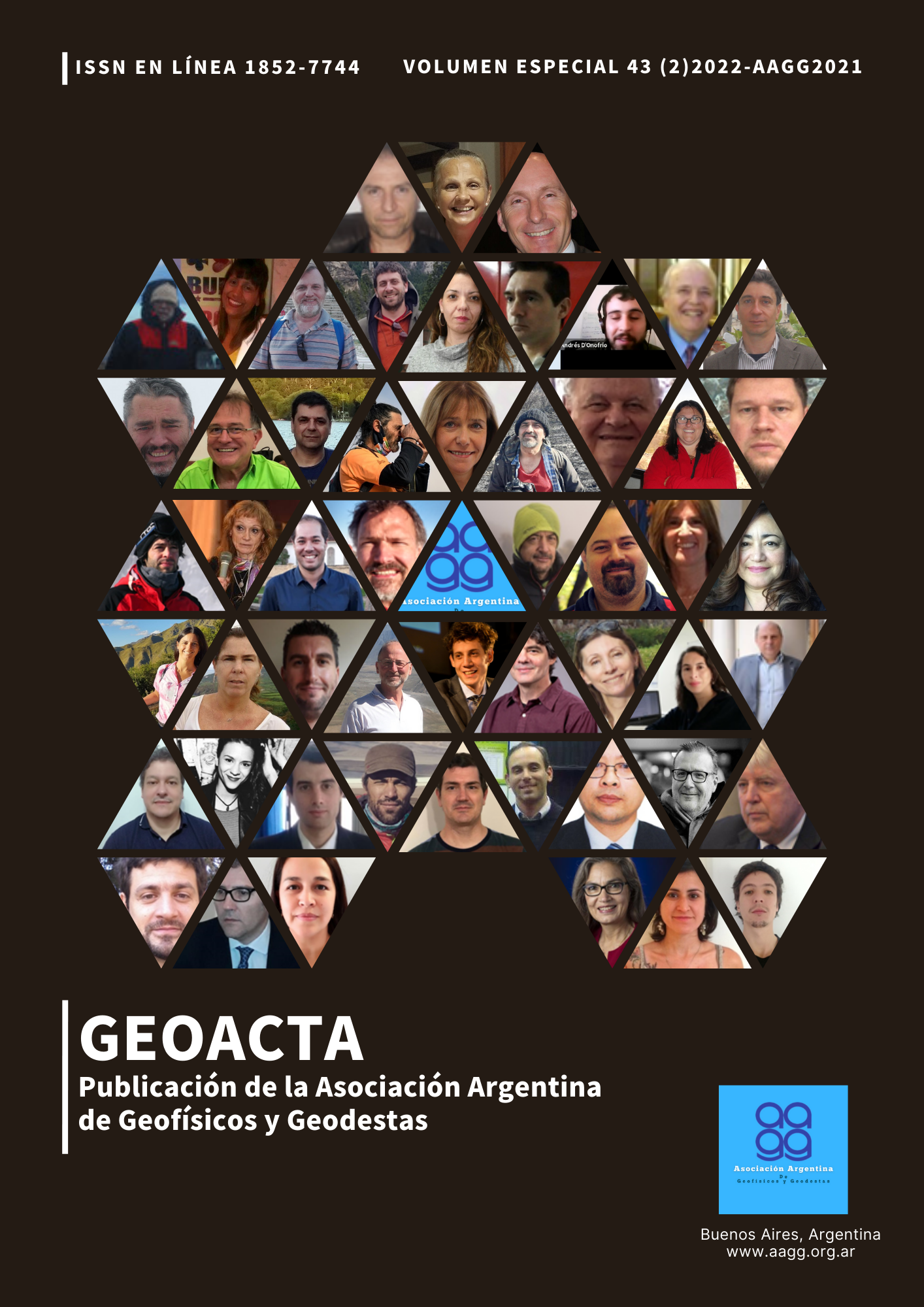Advances in the Geodetic Reference Framework in Argentina and future prospects, based on international guidelines
Abstract
As of the Resolution of the United Nations General Assembly A/RES/69/266 "Global Geodetic Reference Framework for Sustainable Development" of February 26, 2015, geodesy began to have a place of relevance beyond its scientific aspects, because it makes visible in a more global aspect the importance of having precise coordinates for multiple activities necessary within the framework of Sustainable Development.
This presentation deals with the development by the National Geographic Institute of the advances and future perspectives in relation to the National Geodetic Reference Framework and exposes the articulation needs for the strengthening of the National Geodesy.
The Reference Frames are materialized through points with precise coordinates and heights, and are essential for sustainable global development, and allow the integration of geospatial information generated by multiple actors. Under this premise, the United Nations promotes the construction of Spatial Data Infrastructures in each country, since they allow carrying out activities such as cartography; execution of civil works; updating of cadastres; hydrocarbon prospecting; land, sea and air navigation; Use of natural resources; and the investigation of natural phenomena associated with climate change and other areas of concern of Earth Sciences.
The activities of the National Geographic Institute account for recent efforts to define the Geodetic Reference Frames of the Argentine Republic, as well as the support of the different services provided by the organization, as a fundamental basis for the development of the Geodetic Infrastructure and Spatial Data of the Argentine Republic (IDERA).
Downloads
Downloads
Published
How to Cite
Issue
Section
License

This work is licensed under a Creative Commons Attribution-NonCommercial-ShareAlike 4.0 International License.
Starting in 2022 (Vol. 43 number 2) articles will be published in the journal under a Creative Commons Attribution-NonCommercial-ShareAlike 4.0 International license (CC BY-NC-SA 4.0)
According to these terms, the material can be shared (copied and redistributed in any medium or format) and adapted (remixed, transformed and created from the material another work), provided that a) the authorship and the original source of its publication (journal and URL of the work), b) is not used for commercial purposes and c) the same license terms are maintained.
Prior to this date the articles were published in the journal under a Creative Commons Attribution license (CC BY)
In both cases, the acceptance of the originals by the journal implies the non-exclusive assignment of the economic rights of the authors in favor of the editor, who allows reuse, after editing (postprint), under the license that corresponds according to the edition.
Such assignment means, on the one hand, that after its publication (postprint) in the GEOACTA Magazine of the Association of Geophysicists and Geodesists, the authors can publish their work in any language, medium and format (in such cases, it is requested that it be recorded that the material was originally published in this journal); on the other, the authorization of the authors for the work to be harvested by SEDICI, the institutional repository of the National University of La Plata, and to be disseminated in the databases that the editorial team considers appropriate to increase visibility. of the publication and its authors.
Likewise, the journal encourages the authors so that after their publication in the Journal of the Association of Geophysicists and Geodesists, they deposit their productions in other institutional and thematic repositories, under the principle that offering society scientific production and Unrestricted academic scholarship contributes to a greater exchange of global knowledge.
















